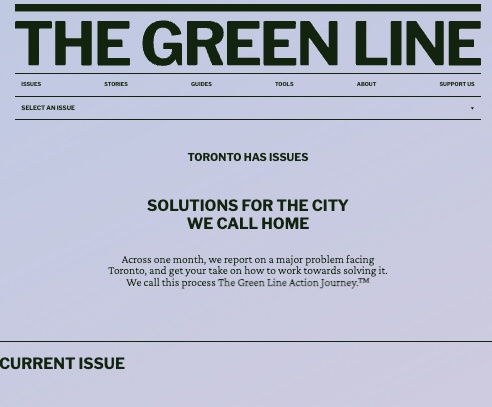A buzzword of the moment, ‘solutions journalism’ is a product of the news media which is widely accepted as having meaningful and positive impacts within society. Some innovative newsrooms are also finding ways to monetise this reporting, supporting the ongoing sustainability of their organisation and thus their ability to continue to produce public interest journalism. This article unpacks a model that could be used to monetise solutions journalism within your own newsroom, and contribute valuable reporting to your local community.
First, what is solutions journalism?
To be honest, we prefer the term ‘constructive journalism’ because it feels like more of an ongoing process. But solutions journalism is emerging as the key way to describe “a global shift in journalism focused on advancing rigorous reporting about how people are trying to solve problems and what we can learn from their successes and failures” (Solutions Journalism Network).
The International Journalists Network described it thus: Solutions journalism investigates and explains, in a critical and clear-eyed way, how people try to solve widely shared problems.
How to get started with a solutions journalism project:
The Walkley Foundation has recently announced its ‘Solutions-focused’ journalism fund, making funds available for solutions journalism which “involves stories about how people are trying to solve widely shared problems, using the same editorial rigour and independence as traditional hard news reporting”. It goes on to say: “news organisations that include solutions stories in their overall offering enjoy higher levels of audience engagement and trust, both of which can support efforts to increase revenue.” – But how?
The Green Line in Toronto provides an excellent example. In September 2024 I heard founder and publisher Anita Li speak about The Green Line’s ‘Action Journey’ at the LION Summit in Chicago. Each action journey is sponsored or supported by a grant and takes the following format:
- Week 1 | Explainer piece published outlining the systemic issue
- Week 2 | Long form piece published outlining policy or research solutions, existing solutions to common problems
- Week 3 | Event which includes a facilitated discussion, sometimes expert speakers, designed to crowd-source solutions. They include members of the public and stakeholders.
- Week 4 | Publish solutions and ways for audiences to take action if they want to follow up. This is drawn from a survey and/or discussion at the event and presented in order of popularity.

This process aligns with Next Gen News research categories, placing audiences into four key areas:
- Substantiate – which relies on media literacy
- Study
- Socialise
- Sensemake – which helps readers get to a place where they can take action. Importantly, this is not about telling them what action to take, but helping them get to a point where they feel like they could take action.
The timeframe and number of stories is adaptable. For example, a publisher could stretch each step out to a month and run three explainer stories. The Green Line does six Action Journeys per year. They started with topics based on the pillars of liveability: food security, housing, transport, employment, healthcare, education – topics that impact everyone and are non-partisan.
The premise is helping readers better care for the city they live in and/or each other.
The product is built into The Green Line website, meaning the week stages are set out as tabs for people to follow. If the tab isn’t populated yet (ie. they’ve published the explainer but the event hasn’t happened yet) it will just say ‘coming soon’. Often the solutions lead to an ongoing resource, for example a food bank tool.
So, how do they make money from it? Let me count the ways…
- Partnerships to deliver the Action Journey – ie. sponsors, funders, local government
- Some events are ticketed. If the event suits ‘culture vultures’ who want to come to a fun event, they ticket it. If it’s more suited to ‘underserved communities’ then it’s generally more valuable to a funder or sponsor.
- Some of the events include a marketplace with stallholders/vendors.
- The Green Line partners with Business Improvement Areas, which are similar to Chamber of Commerce organisations. Consider local governments with consultation budgets.
- Anita has been paid by the Reynolds Journalism Institute and Google to develop explainers and surveys on her work, which you can find here.
To build relevant partnerships, their pipeline follows this trajectory:
- Building a relationship with cross promotion partners to share information about the events
- Finding pro bono support, e.g. free venue spaces to host an event
- Submitting co-applications for grant funding. Not-for-profit partners are particularly valuable, given The Green Line is a for-profit organisation
- Seeking funding from these partners, building on this existing strong relationship.
Side note: some of the tools The Green Line use include:
- Beabee survey tools, which include your branding and can be connected to newsletters. They’re based in Germany and very open to negotiation on pricing, including free trials.
- Discord as a channel for ongoing engagement.
Other publishers run similar processes called ‘Solution Circles’ using sticky notes and butchers’ paper. It doesn’t need to be high tech to make a start.
The Walkley Foundation offers a great opportunity to get started with a one-off pilot, or a series of events in your area.
Further reading:
- Apply for a Solutions Journalism grant here before 12 November, 2024.
- Find other grant opportunities.
- LINA Members, download the step-by-step on The Green Line’s Action Journey process here.
- Download the NPA Product Kit for other ideas.
- Reynolds Journalism Institute Action Journey Guide.
- Find more ideas and inspiration from the Solutions Journalism Network
Learn more about solutions journalism in this shop-talk webinar with Kate Roff:
Subscribe to our newsletter to follow along with more updates.


